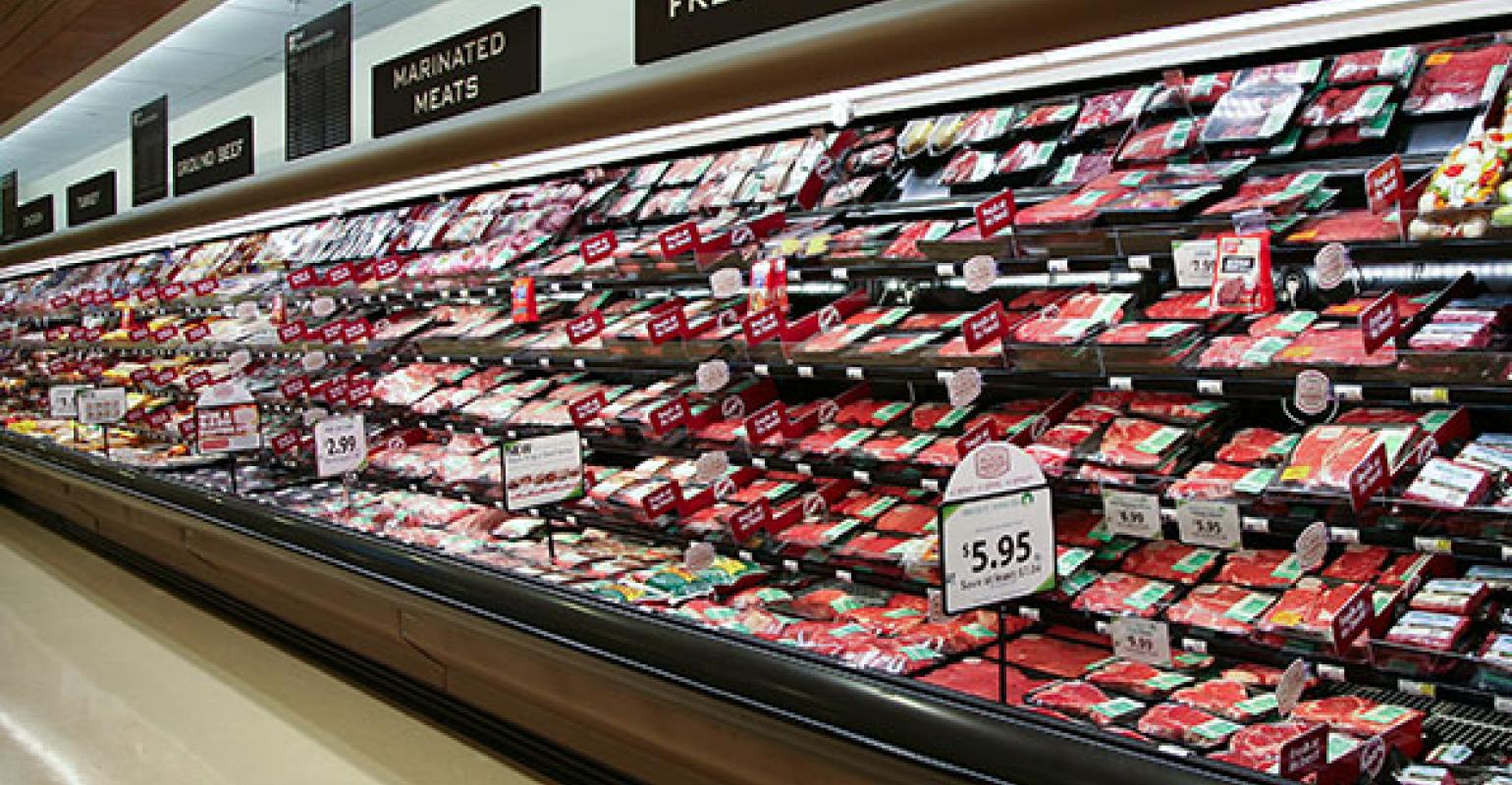Running a grocery store isn’t just about stocking shelves with a variety of goods; it also means ensuring the safety of your customers and staff. Safety measures are not only necessary for maintaining a healthy and secure environment, but they also have a direct impact on customer satisfaction and business reputation. Here are the 10 most important safety measures that every grocery store needs to consider:
1. Ensuring Proper Sanitation and Hygiene
Cleanliness should be your top priority. Regularly clean and disinfect high-touch surfaces like shopping carts, basket handles, checkout counters, and door handles. Encourage customers and employees to use hand sanitizer and, depending on current health guidelines, consider making masks available at the store entrance.
2. Maintaining Proper Store Layout and Signage
Clear, logical store layout and signage can prevent accidents and improve the shopping experience. Aisles should be wide enough to accommodate shopping carts, and shelves shouldn’t be overloaded. Keep walkways clear of boxes and other obstacles, and ensure all areas, especially stairs and uneven surfaces, are well-lit and marked.
3. Regular Equipment Inspections
Regularly inspect and maintain all equipment and machinery, such as refrigeration units, heaters, and lighting fixtures, to ensure they’re working correctly and safely. This includes any food processing equipment used for in-store food prep.
This is where Gesame USA’s products come in. The patty forming machines is an excellent example of a product designed with safety in mind. It includes exclusive safety features such as hopper control and an emergency stop button. These features minimize the risk of accidents, ensuring that your employees can operate the machine safely and efficiently.
4. Effective Crowd Control
Busy times can lead to crowded aisles and long lines, both of which can cause frustration and increase the risk of accidents. Develop effective crowd control strategies, such as queue management systems and limiting the number of customers during peak hours.
5. Safe Food Handling and Storage
Ensure food safety standards are met to prevent foodborne illnesses. Train employees on safe food handling practices, like maintaining proper temperatures, separating raw and cooked foods, and routinely checking expiration dates.
6. Emergency Preparedness
Ensure that both employees and management are prepared for emergencies. This includes regular fire drills, having an evacuation plan in place, and ensuring fire extinguishers and first-aid kits are readily accessible.
7. Invest in Staff Training
Training staff about safe work practices and emergency procedures is crucial. They should know how to safely use equipment, handle spills and other hazards, manage aggressive customers, and ensure their personal safety.
8. Implement Slip and Fall Prevention Measures
Slip and fall accidents are common in grocery stores. To prevent them, immediately clean up spills, use non-slip mats, keep aisles clear of debris, and use ‘wet floor’ signs when necessary.
9. Address Ergonomic Hazards
Staff often perform tasks that involve lifting, pushing, or repetitive motions. Provide equipment such as lifting belts or cart pushers to reduce the risk of musculoskeletal injuries. Regular breaks can also help prevent strain.
10. Provide Personal Protective Equipment (PPE)
Depending on their duties, employees may require PPE such as gloves, slip-resistant shoes, or even face shields. Provide the necessary PPE and train employees on when and how to use it.
By implementing these safety measures, grocery store owners can create a safe and healthy environment for both customers and employees. This not only reduces the risk of accidents and injuries but also contributes to a positive shopping experience, which can boost customer loyalty and business reputation.

